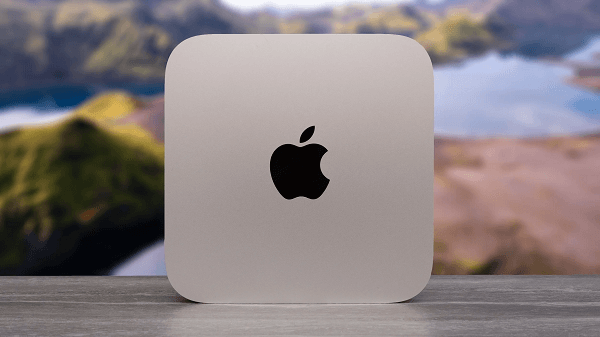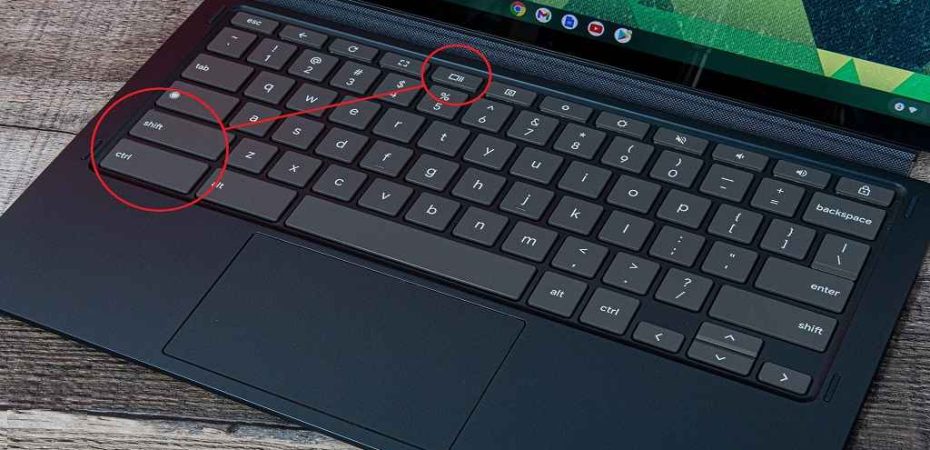In this digital age, taking screenshots has become an essential skill for various purposes. Whether you want to capture an important moment on your laptop screen, save an image, or share information with others, knowing how to take a screenshot efficiently is crucial. In this article, we will guide you through the different methods of taking screenshots on a laptop, catering to both Windows and Mac users. Let’s dive in!
Taking Screenshots on Windows

Method 1: Using the “Print Screen” Key
The simplest way to take a screenshot on a Windows laptop is by pressing the “Print Screen” key (often labeled as “PrtScn” or “PrtSc”). This captures an image of the entire screen and saves it to the clipboard. You can then paste it into an image editor or document.
Method 2: Capturing Active Windows with “Alt + Print Screen”
If you only want to capture the active window, press “Alt + Print Screen” together. This will copy the screenshot of the active window to the clipboard.
Method 3: Utilizing the Snipping Tool
Windows also offers the Snipping Tool, a handy built-in application that allows you to capture selected areas or entire screens with ease. Simply open the Snipping Tool, select the area you want to capture, and save the screenshot.
Method 4: Taking Screenshots with the Snip & Sketch Tool
For Windows 10 users, the Snip & Sketch tool is a more advanced option. Press “Windows key + Shift + S” to open the tool, drag to select the area you wish to capture, and the screenshot will be copied to the clipboard.
Taking Screenshots on Mac

Method 1: Capturing the Entire Screen
To capture the entire screen on a Mac, press “Command + Shift + 3” simultaneously. The screenshot will be saved as a file on your desktop.
Method 2: Taking a Screenshot of a Selected Area
If you only want to capture a specific area, use “Command + Shift + 4.” This will allow you to select the area to capture. The screenshot will be saved as a file on your desktop.
Method 3: Snapping a Specific Window
To take a screenshot of a specific window on your Mac, press “Command + Shift + 4 + Spacebar.” Then click on the window you want to capture. The screenshot will be saved on your desktop.
Saving and Editing Screenshots
Once you’ve captured a screenshot, you may want to save and edit it before sharing. By default, screenshots are saved to the clipboard in Windows and as files on the desktop in Mac.
Saving Screenshots to the Clipboard
On Windows, after taking a screenshot using the “Print Screen” key or “Alt + Print Screen,” paste it into an image editor or a document (e.g., Microsoft Word) and save it there.
Using Built-in Editing Tools
Both Windows and Mac offer basic built-in editing tools for screenshots. On Windows, the Snipping Tool and Snip & Sketch Tool provide basic editing features like adding annotations and highlights. On Mac, you can open the screenshot file and use the Preview app to add annotations or crop the image.
Third-Party Editing Software
For more advanced editing options, you can use third-party image editing software like Adobe Photoshop or GIMP.
Organizing and Storing Screenshots
As you accumulate more screenshots, organizing and storing them efficiently becomes essential for easy access.
Creating Folders and Categories
Create specific folders and categories on your laptop to store related screenshots. This helps keep your screenshots organized and easy to find.
Utilizing Cloud Storage Services
Consider using cloud storage services like Google Drive or Dropbox to store your screenshots securely and access them from any device.
Sharing Screenshots
Sharing screenshots with others can be helpful in various scenarios, from work collaboration to social media sharing.
Via Email
Attach the screenshot directly to an email to share it with colleagues or friends.
Through Instant Messaging Apps
Share screenshots instantly through apps like WhatsApp, Slack, or Microsoft Teams.
Social Media Platforms
Share your screenshots on platforms like Twitter, Facebook, or Instagram to convey information or ask for help.
Best Practices for Effective Screenshots
Taking screenshots effectively involves highlighting essential information and adding context.
Highlighting Important Information
Use arrows, circles, or boxes to draw attention to specific elements in the screenshot.
Annotating and Adding Arrows or Text
Add textual descriptions or arrows to guide the viewer’s focus.
Troubleshooting Screenshot Issues
Sometimes, you may encounter issues with capturing screenshots. Here are some common troubleshooting tips:
Blurry Screenshots
Ensure you capture screenshots at their native resolution for clarity.
Incomplete Captures
If the screenshot appears incomplete, try capturing it again.
The Print Screen Key Not Working
If the “Print Screen” key doesn’t work, check if other applications are interfering, and try using alternative methods.
Time-Saving Shortcuts
To streamline the screenshot process, consider using these time-saving shortcuts:
Windows Key + Shift + S (Windows)
Quickly open the Snip & Sketch tool to capture screenshots.
Command + Shift + 4 (Mac)
Instantly take a screenshot without opening any additional applications.
Advanced Screenshot Techniques
For more advanced users, consider exploring these techniques:
Capturing Video Screenshots
Explore software options that allow you to capture screenshots from videos or live streams.
Screenshot Extensions and Add-ons
Install browser extensions or software add-ons that enhance your screenshot capabilities.
FAQs
Can I take screenshots of specific applications only?
Yes, on both Windows and Mac, you can capture screenshots of specific applications using the appropriate shortcut keys.
How do I paste a screenshot into a document?
After taking a screenshot, simply press “Ctrl + V” on Windows or “Command + V” on Mac to paste it into your desired document.
Do I need an internet connection to save screenshots on cloud storage?
Yes, an internet connection is required to upload and access your screenshots on cloud storage platforms.
Are there any limitations to the number of screenshots I can take?
There are no inherent limitations to the number of screenshots you can take, but consider the available storage space on your device.
Can I edit screenshots after saving them?
Yes, you can edit screenshots even after saving them by using image editing software or built-in editing tools.
Conclusion
Knowing how to take screenshots on your laptop is a valuable skill that can simplify various tasks, from communication to technical support. Whether you use Windows or Mac, the methods and tips provided in this article will enable you to capture, save, and share screenshots efficiently. So, start taking screenshots with confidence and enhance your productivity!
Read Also
- How to Change PTCL Wifi Password
- Troubleshooting YouTube Picture in Picture Not Working
- How to Register IDM without Serial Key

